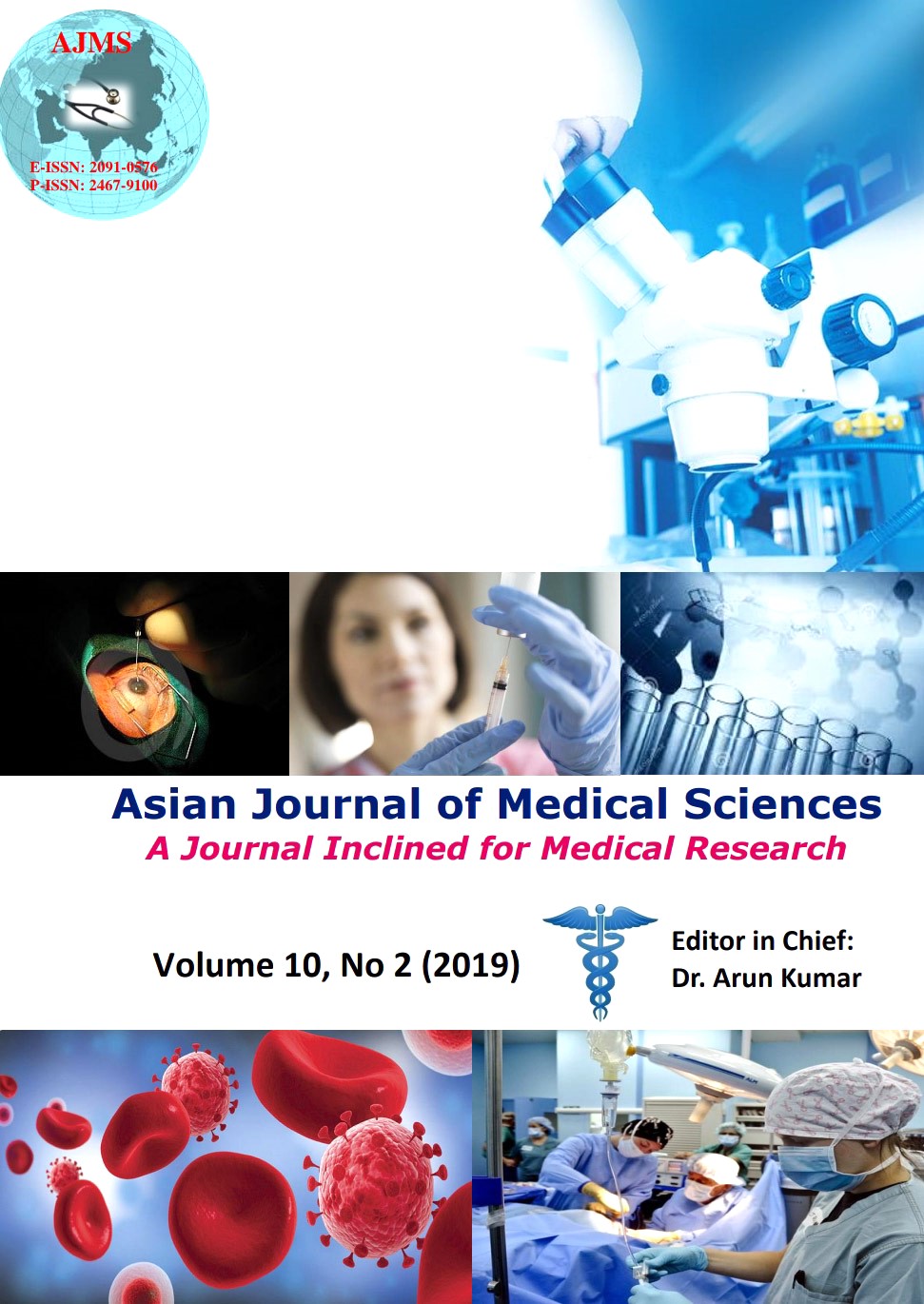The Spectrum of Biopsy-Proved Kidney Disease: A Retrospective Single Center Study in Erbil-Iraq
Keywords:
Renal Biopsy, Renal Insufficiency, Nephrotic Syndrome, Glomerulonephritis, Middle East, KurdistanAbstract
BACKGROUND
Renal biopsy is crucial to determine the pattern of the different types of renal diseases. It represents the gold standard of diagnostics for renal pathologies, including glomerular diseases, and it has an important value for the prognosis, monitoring disease progression, and planning the management protocol.
AIMS AND OBJECTIVE
To report the frequency of different pathological lesions affecting the kidney in patients who were admitted to our medical centre.
MATERIALS AND METHODS
This is a retrospective study of all patients with renal diseases who underwent percutaneous renal biopsy at the Erbil Kidney Centre for eight years (1st of January 2010 to 31st of December 2017). A total of 893 cases were biopsied and subsequently studied via histopathological examination and immunofluorescence microscopy. The study is ethically permitted by the Kurdistan Board for Medical Specialization.
RESULTS
The average age of the patients was 30.9 years. The most common clinical indication for biopsy included nephrotic syndrome (46.47%), acute renal failure (19.04%), chronic renal failure (15.34%), nephritic syndrome (7.39%), proteinuria alone (7.28%), and hematuria alone (4.48%). In patients with a primary glomerular disease, focal segmental glomerulosclerosis and minimal change disease were the most frequent (27.44% and 16.01%) in the younger patients (18.61±13.47 years), while membranous glomerulonephritis was more common in older patients (38.94±13.69 years). Patients with a secondary glomerular disease were mainly diagnosed with lupus nephritis, amyloidosis, and diabetic nephropathy.
CONCLUSION
The epitome of our study signifies that the spectrum of glomerular diseases varies based on age, sex, ethnicity, and geographical distribution. The implementation of renal biopsy proved to be a cornerstone in reaching the correct diagnosis. Future studies should implement the use of electron microscopy in conjunction with classical techniques of histopathology and immunofluorescence microscopy to diagnose equivocal cases of interest.
Downloads
Downloads
Published
How to Cite
Issue
Section
License
Authors who publish with this journal agree to the following terms:
- The journal holds copyright and publishes the work under a Creative Commons CC-BY-NC license that permits use, distribution and reprduction in any medium, provided the original work is properly cited and is not used for commercial purposes. The journal should be recognised as the original publisher of this work.
- Authors are able to enter into separate, additional contractual arrangements for the non-exclusive distribution of the journal's published version of the work (e.g., post it to an institutional repository or publish it in a book), with an acknowledgement of its initial publication in this journal.
- Authors are permitted and encouraged to post their work online (e.g., in institutional repositories or on their website) prior to and during the submission process, as it can lead to productive exchanges, as well as earlier and greater citation of published work (See The Effect of Open Access).




